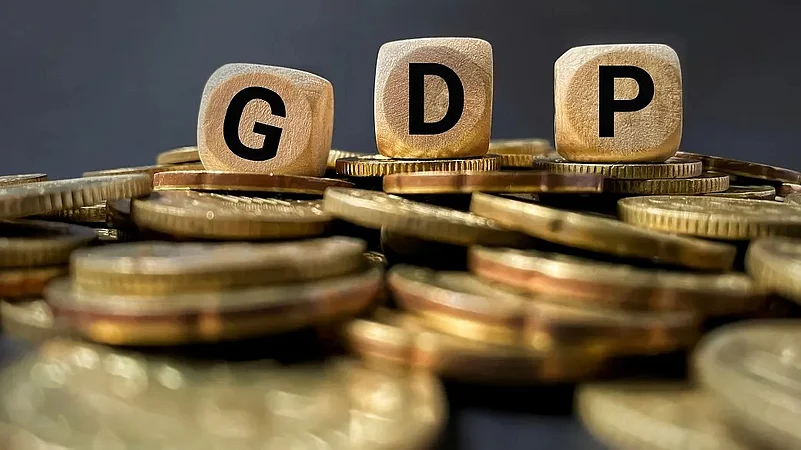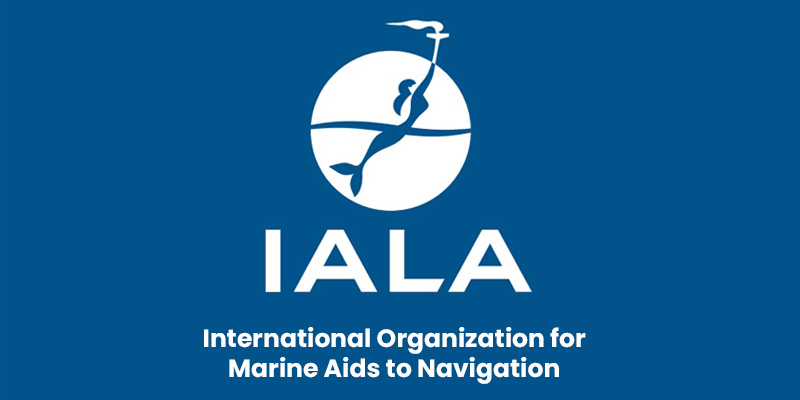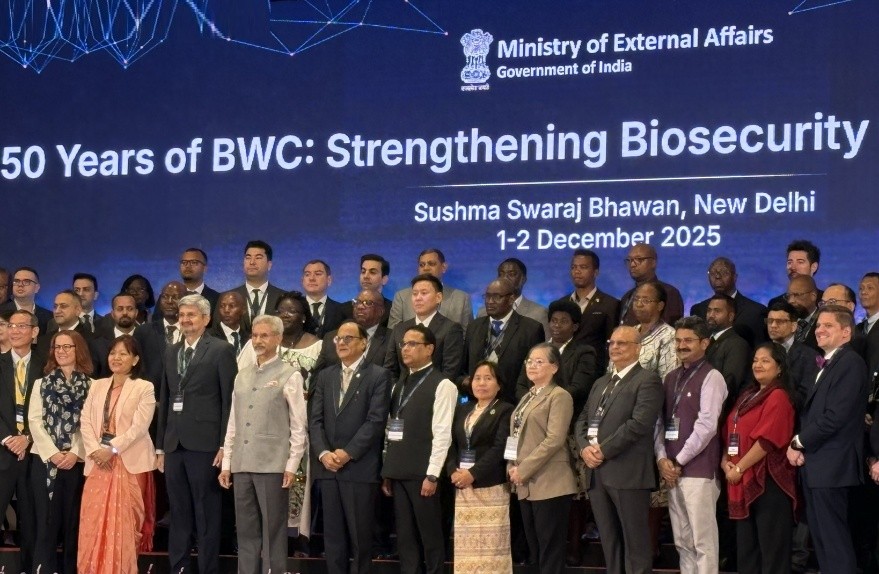Font size:
Print
Double Health Budget, Lower Out-of-Pocket Spends
Context: Since 2010, India’s public spending as a percentage of GDP has ranged between 1.12% and 1.35% despite Central budget allocations increased from ₹25,133 crore in 2012-13 to ₹86,175 crore in 2023-24.
Current Public Spending Trends
- Current total health spending is about 3.5%, with public health spending being about 1.35%
- National Health Policy of 2017 recommends total government expenditure on public health (central and state contributions) should be 2.5% of GDP.
- Economic Survey 2022-23 highlights public health expenditure was 1.6% of GDP in 2020-21 showing a gap between the recommended target and actual spending.
- Low public spending leads to high Out-Of-Pocket Expenditures (OOPE) for households.
- However, the National Health Accounts Estimates report observed a reduction in OOPE in total health expenditure, decreasing from 62.6% in 2014-15 to 47.1% in 2019-20.
- Despite this reduction, the proportion of 47.1% remains significantly high.
- This percentage is only 5.4% in South Africa.

Impact of Economic and Health Crises
- Events like demonetization, implementation of Goods and Services Tax (GST), and COVID-19 have significantly impacted millions of households in India.
- These led to stagnant wages, high food prices, and increased borrowings.
- Notably, 13.4% of rural households and 8.5% of urban households borrowed money to cover medical expenses.
- The financial strain forced many to seek free public care, forgo necessary medical treatment, or opt for substandard care.
- Consequently, between 60 to 80 million households were pushed below the poverty line due to these medical expenses.

Health System Challenges and Needs
- Dual burden of disease as Communicable diseases require swift action; non-communicable diseases need lifetime management.
- A balanced health system with appropriate skills, technology, infrastructure, and supervision is crucial.
- There is a need to invest in basic health infrastructure, particularly in states with significant shortfalls.
- Need for heightened awareness of the Pradhan Mantri Jan Arogya Yojana (PMJAY)
- Health system reforms and adequate funding are essential.
Policy Recommendations
- Economic Survey 2020-21 strongly recommends an increase in public health spending from 1% to 2.5-3% of GDP, this can significantly reduce OOPE to 35%.
- Central government should increase health budgets, particularly for the National Health Mission (NHM).
- Allocate all money collected under the 4% health cess to health budget.
- GST levies on health products should be rationalised to reduce costs and disincentivize private entities that increase the cost of care.

Ways to Minimise Out-of-Pocket Expenditure (OOPE)
- Health Insurance: Purchase the highest affordable insurance coverage to reduce personal medical costs.
- 82% of urban households lack health insurance, leading to 55% of hospitalisations financed by household savings and 23% by borrowings.
- Nearly 400 million individuals have zero access to health insurance.
- Preventive Care: Regular check-ups, vaccinations, and screenings help detect and prevent severe, costly health issues.
- Government Healthcare Facilities: Utilise subsidised or free medical services at government facilities for routine check-ups and minor illnesses.
Government Initiatives for reducing OOPE:
- Ayushman Bharat – Pradhan Mantri Jan Arogya Yojana (PMJAY): Provides health insurance coverage up to ₹5 lakh per family per year.
- Pradhan Mantri Swasthya Suraksha Yojana (PMSSY): To correct regional imbalances in availability of affordable and reliable tertiary healthcare services.
- National Health Mission: Strengthening healthcare systems in rural and urban areas.
- Universal Immunization Programme (UIP): Provides free vaccines to prevent life-threatening diseases
- Jan Aushadhi Scheme: Ensures availability of quality generic medicines at affordable rates.


